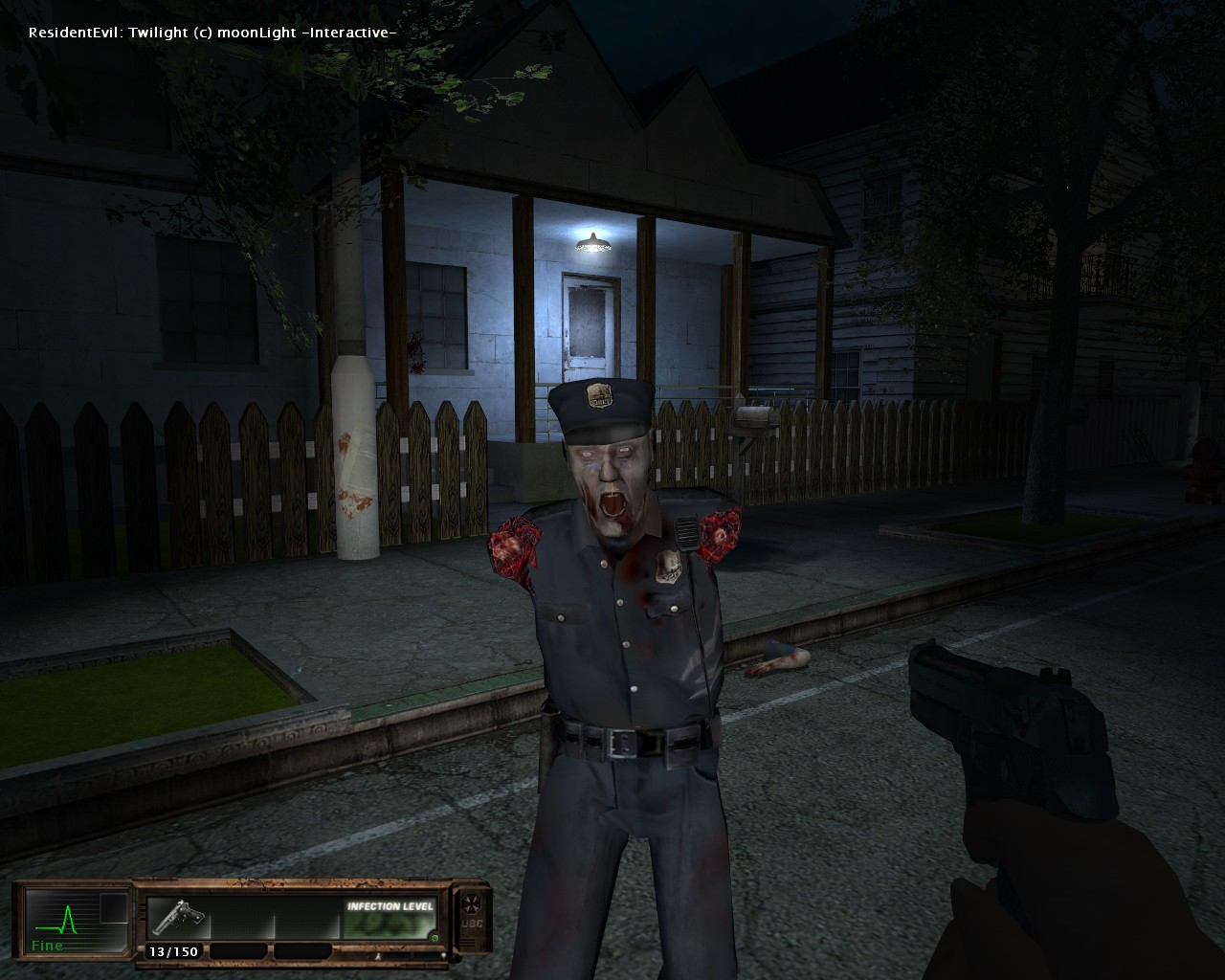

Midway even had to hide the gore away behind a cheat code on the Genesis, and the SNES version omitted the gore totally. The use of digitised actors as sprites only made the furore worse, with the gratuitous amounts of blood spraying all over being the icing on the cake. Never before had people seen such graphic and gruesome violence in a game, with Sub-Zero’s infamous spinal decapitation taking centre stage.
Soldier of fortune 1 more gore software#
The game quickly became a major talking point, so much so that it was responsible for the formation of the ERSB (Entertainment Software Ratings Board). This gore-fuelled feature largely overshadowed the gameplay itself, which was nowhere near the level of main competitor, Street Fighter II. Released in 1992 in arcades, and then on numerous home consoles, the key distinguishing feature of the game was the real-life, motion captured FMV combatants performing all sorts of gruesome finishing moves, or fatalities, on each other. Surely the most famous example of all time has to be Mortal Kombat.

Since these early examples, games have come on in leaps and bounds in terms of technology, and some developers used this to help make violent games more and more gruesome. This also graces the less powerful systems like the C64 and Speccy. Of course, let’s not forget the classic Palace Software Barbarian, which was the first time many of us got to decapitate our foes with a well-timed spinning sword attack. Here we saw games like Moonstone: A Hard Day’s Knight, and Personal Nightmare emerge, as well as other horror titles like the Elvira adventures. Home computers of the time were also breeding grounds for gory games, especially as most were seen as a more adult platform. These were simple horror-themed side scrollers, with an emphasis on violence and gore in order to provide shock value, such as taking a chainsaw to demonic babies. Later examples of this early era of gore followed, with one of the most controversial being the first Splatterhousetitle, which arrived in the arcade in 1988, and was released on consoles later on in different guises, such as the Mega Drive’s Splatterhouse 2. Little did people know at the time that this was going to get much more detailed, and much more realistic. It was enough to cause concern, and this was only a bunch of white pixels. Granted, these were crude stick figures, but it was a kind of gore, like none that had been seen before, in that innocent people were squashed under the player’s wheels. The simplistic Death Race in 1976 was as basic as it gets, but it depicted cars, controlled by the player, running over people. You’ve got red on youĮver since games arrived in arcades and the living rooms of the masses, it’s been a form of entertainment that’s been met with confrontation, especially after violent games hit the market. Roll it back to some good old-fashion ultra violence and gore. Instead, we want to consider the simple, back to basics gore. So we’re not going to dwell on the whole subject here again.

This has all been talked about to the Nth degree, including here on the the site, and no matter how many people get involved in the debate, it’ll rage on for a lot longer. Many titles have been used as scapegoats in various incidents, and the ban hammer has come down hard on some games in various countries due to excessive violence or some form of other, unsavoury content – at least according to censors. The debate on violence in games is nothing new to gamers, and there’s been no shortage of attacks against the industry over the years.


 0 kommentar(er)
0 kommentar(er)
